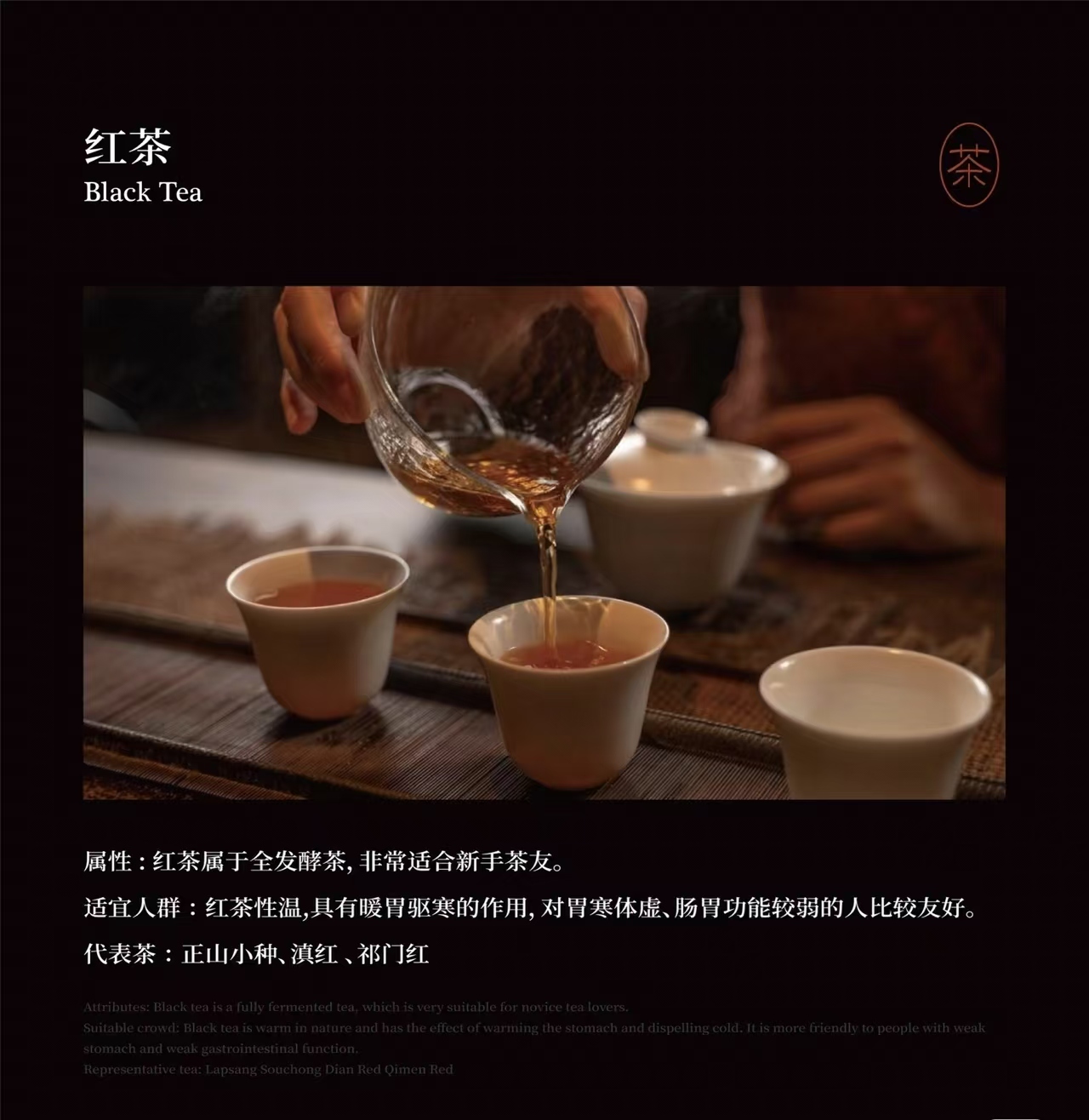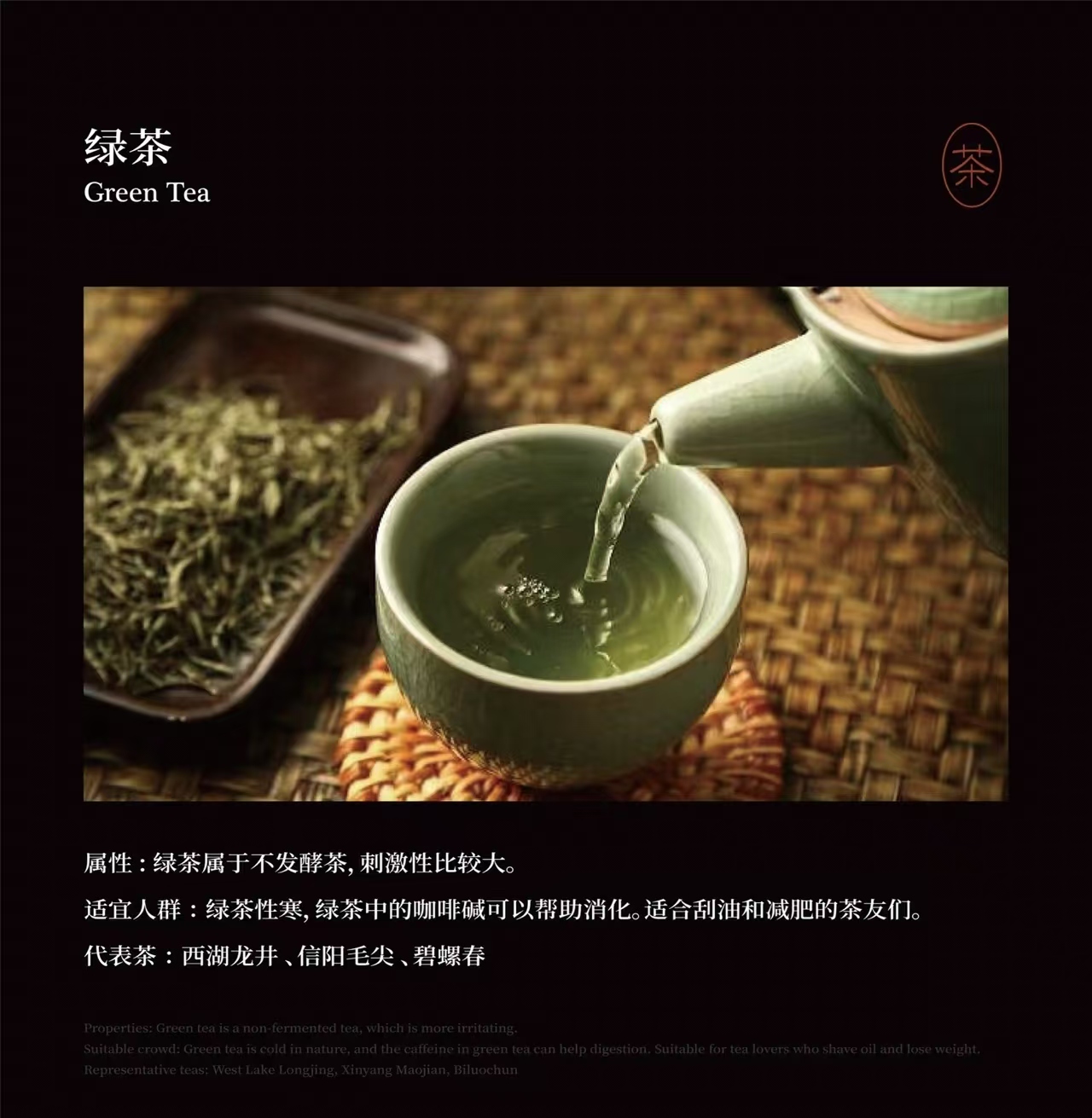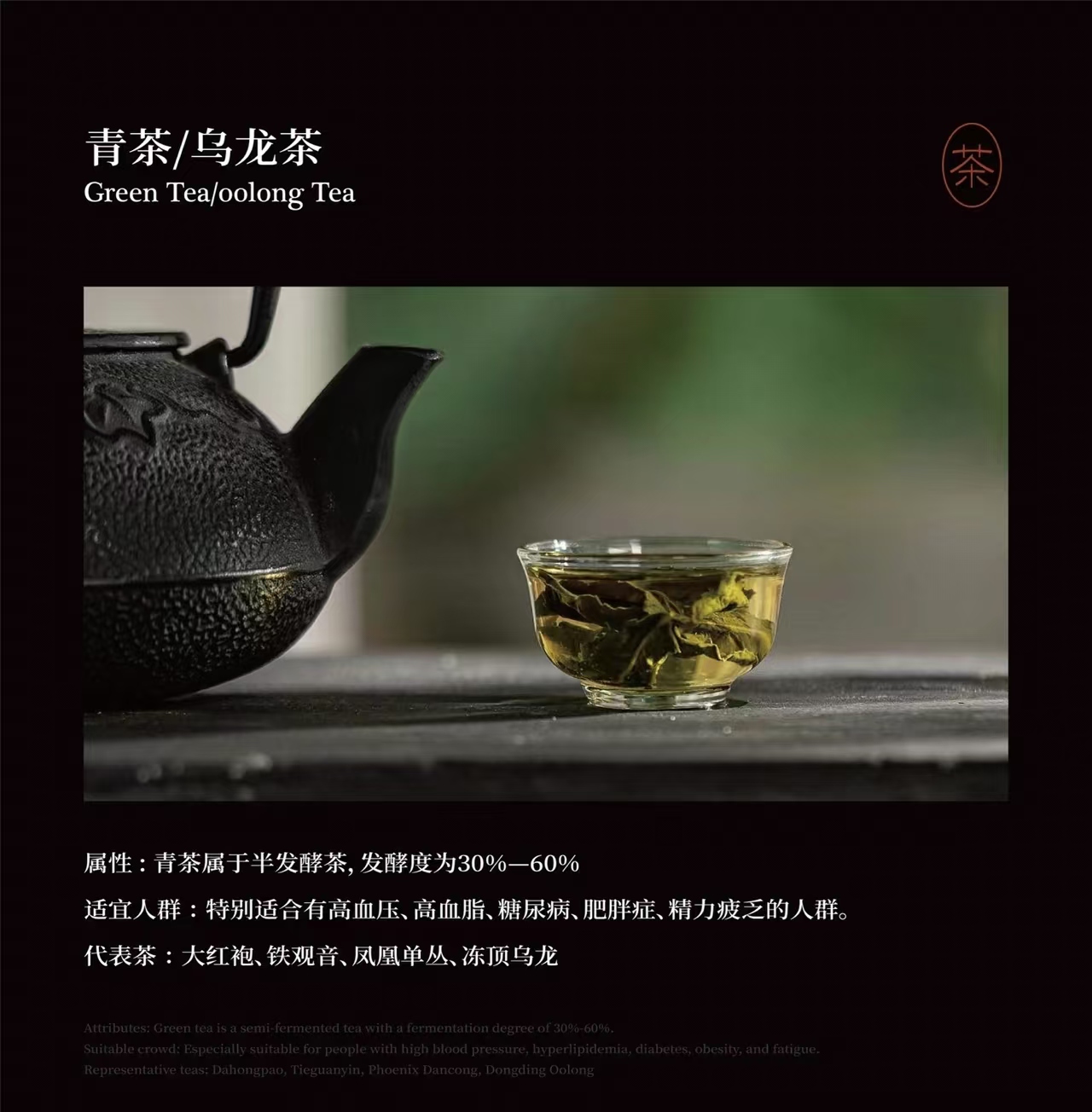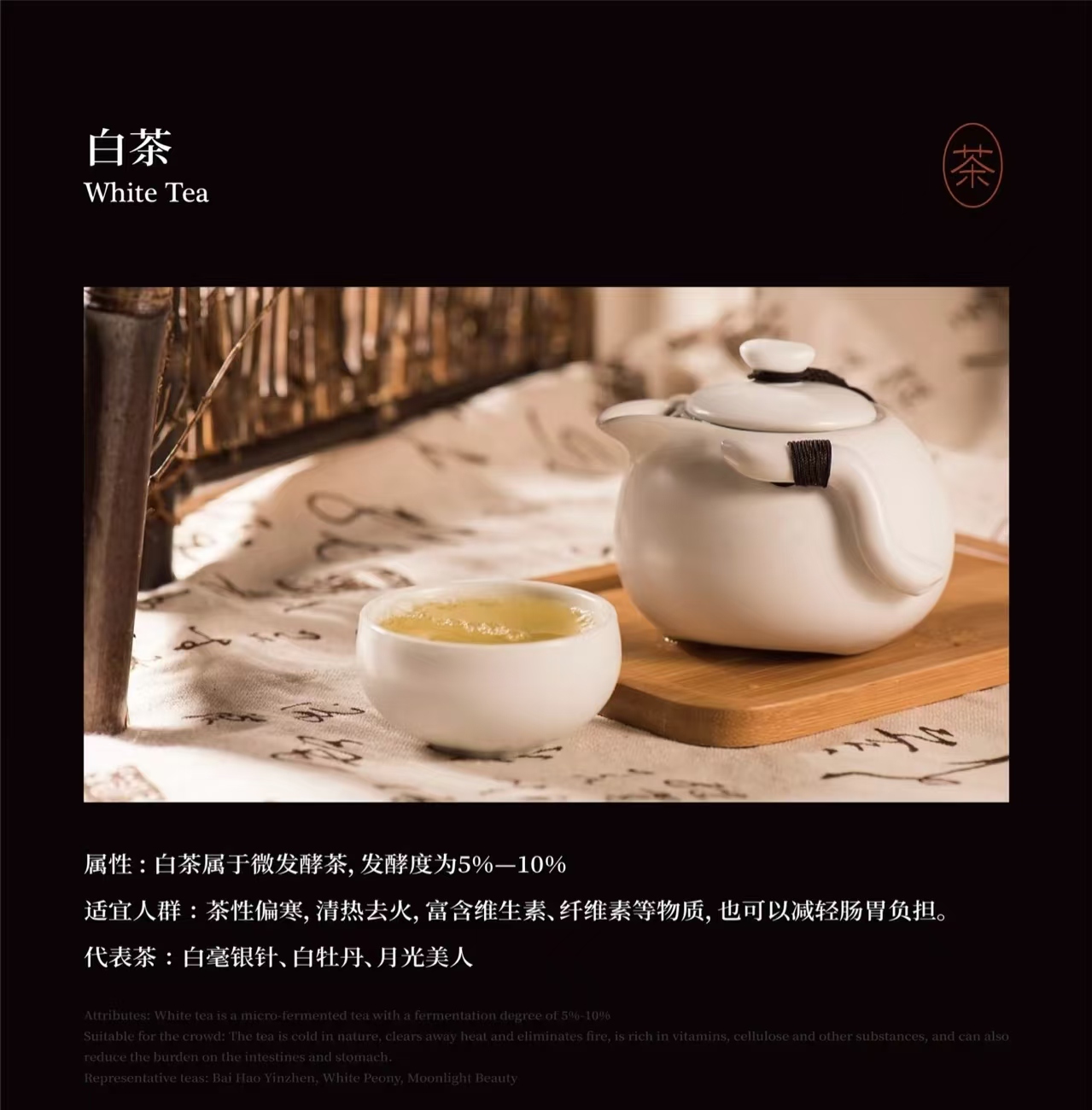Product categories
- All 21
- Black Tea 3
- Dark Tea 1
- Green Tea 2
- Oolong Tea 6
- Tea Set 5
- White Tea 2
- Yellow Tea 2
Filter By Price
Status

Need Help?
8/7
Junshan Yinzhen Tea – Yellow Tea
$98.00 – $168.00Price range: $98.00 through $168.00 Select options This product has multiple variants. The options may be chosen on the product pageMengding Huangya Yellow Tea
$178.00 Select options This product has multiple variants. The options may be chosen on the product pageOur New Spice
Arrivals
Questions?
Speak with our team!
Yellow Tea: The Sun‑Kissed Wonder of Chinese Tea Culture Waiting for You
Hey tea lovers! 🌟 Ever heard of Yellow Tea? If not, you’re about to uncover one of China’s best-kept tea secrets. Tucked between the popularity of green tea and the boldness of black tea, Yellow Tea shines with its golden hue, mellow taste, and a story that spans over 2,000 years. Let’s dive into why this rare brew deserves a spot in your teacup!
What Makes Yellow Tea So Special?
Yellow Tea (黄茶, Huáng Chá) is one of China’s six major tea categories, sitting proudly alongside green, black, oolong, white, and dark teas. It’s a lightly fermented tea that strikes a perfect balance between freshness and depth. Imagine the grassy notes of green tea meeting the smooth sweetness of white tea, with a golden twist that’s all its own.
The magic lies in its iconic “three yellows”:
-
Golden leaves: The dried buds glow like sunlight.
-
Amber brew: The tea liquor shimmers with a warm, inviting color.
-
Yellow-tinted leaves: Even after steeping, the leaves stay tender and golden.
Fun fact: Yellow Tea was discovered by accident! Centuries ago, tea makers noticed that delaying the drying step in green tea production caused leaves to turn yellow. Instead of discarding them, they embraced this “mistake,” birthing an entirely new tea category.
A Journey Through Time: Yellow Tea’s Ancient Roots
Yellow Tea’s story begins in the Han Dynasty (206 BCE–220 CE), where it was treasured as a luxury reserved for emperors and nobles. Fast-forward to today, and it’s still a rare gem—less than 1% of China’s tea production is Yellow Tea. Why? Traditional methods are labor-intensive, and only a handful of regions keep the craft alive.
Some legendary varieties include:
-
Junshan Yinzhen (君山银针): Hailing from Hunan Province, this “Silver Needle” tea is made from delicate buds that magically stand upright when brewed.
-
Mengding Huangya (蒙顶黄芽): A Sichuan classic with a sweet, orchid-like aroma that’s as enchanting as its name.
-
Huoshan Huangya (霍山黄芽): From Anhui Province, this nutty, robust brew is a favorite among tea connoisseurs.
Where Does Yellow Tea Grow?
Yellow Tea thrives in misty mountain regions where cool climates and fertile soil create ideal growing conditions. Key production areas include Hunan, Sichuan, and Anhui provinces, along with smaller outputs from Zhejiang, Guangdong, and Hubei. These regions blend centuries-old expertise with nature’s gifts to craft Yellow Tea’s unique character.
The Secret Sauce: The “Menghuang” Process
What sets Yellow Tea apart is a unique step called Menghuang (焖黄), or “smothering.” Here’s how it transforms ordinary leaves into liquid gold:
-
Kill-Green (杀青): Fresh leaves are heated to halt oxidation, much like green tea.
-
Rolling (揉捻): The leaves are gently rolled to release their juices.
-
Menghuang (焖黄): The star of the show! The leaves are wrapped or piled up in a warm, humid environment. This slow oxidation turns them yellow and develops their signature mellow, honey-like sweetness.
-
Drying (干燥): Finally, the leaves are dried to seal in the flavor.
There are two types of Menghuang: wet (done while leaves are still damp) and dry (after partial drying). This process not only enhances flavor but also boosts digestive enzymes, making Yellow Tea a gentle, stomach-friendly choice.
Types of Yellow Tea: From Delicate Buds to Bold Leaves
Yellow Tea comes in three main styles, each defined by the leaves used:
1. Huangya Cha (Yellow Bud Tea)
Made from single buds or one bud plus a leaf, this is the most premium type. Think of Junshan Yinzhen—its needle-like buds “dance” vertically in hot water, creating a mesmerizing show.
2. Huangxiao Cha (Yellow Small Leaf Tea)
Crafted from young leaves, this type is lighter and sweeter, with floral notes. Examples include Beigang Maojian and Weishan Maojian.
3. Huangda Cha (Yellow Large Leaf Tea)
Made from mature leaves, this bold, earthy brew packs a punch. Huoshan Huangda and Guangdong Dayeqing are popular picks for those who love robust flavors.
Why Your Body Will Thank You
Yellow Tea isn’t just a treat for your taste buds—it’s packed with benefits:
-
Eases Digestion: The Menghuang process creates enzymes that soothe bloating and boost appetite.
-
Antioxidant Powerhouse: Fights free radicals and supports your immune system.
-
Gentle on the Stomach: Less astringent than green tea, perfect for sensitive tummies.
-
Stress Relief: Its calming aroma helps you unwind after a hectic day.
Brewing Yellow Tea Like a Pro
Let’s use the iconic Junshan Yinzhen as an example. Brewing this tea is as much art as science:
-
Choose a Glass Cup: Transparency lets you watch the buds “dance” as they steep.
-
Warm the Cup: Pour hot water in, swirl, and discard. This keeps your tea warm longer.
-
Water Temp: Aim for 95°C (203°F)—too hot, and you’ll scorch the delicate buds.
-
First Steep: Add 3-5g of tea, cover with water, wait 1-2 minutes, and sip slowly.
-
Re-steep Magic: Yellow Tea can brew 3-4 times. Each steep reveals new flavors, and the buds keep standing tall!
⚠️ Pro tip: Don’t overbrew! Yellow Tea turns bitter if left too long.
Why is Yellow Tea So Rare?
Less than 1% of China’s tea is Yellow Tea. Here’s why it’s a rare gem:
-
Skill-Intensive: Menghuang demands patience and expertise.
-
Limited Regions: Only a few areas master traditional methods.
-
Low Awareness: Many tea drinkers haven’t even heard of it!
But as the Chinese say, “物以稀为贵”—rarity adds value.
Yellow Tea in Modern Culture
In a world buzzing with matcha lattes and bubble tea, Yellow Tea remains a quiet icon of elegance. Its subtle complexity and Instagram-worthy brewing process (those dancing buds!) make it a favorite among tea purists and trendsetters alike.
Final Sip
Yellow Tea is like stumbling upon a hidden treasure—unexpected, timeless, and utterly captivating. Whether you’re a tea newbie or a seasoned sipper, its golden charm and soothing flavor are worth exploring. So next time you’re browsing for tea, skip the ordinary and grab a bag of Yellow Tea.








